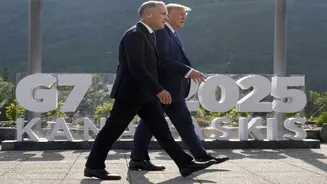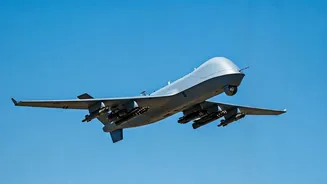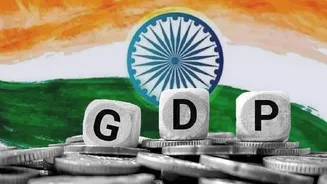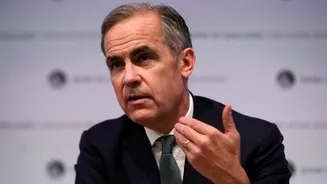Initial Strategy Results
The implementation of counter-tariffs by India has started to yield observable effects. These tariffs, designed as a retaliatory measure, have targeted
specific imported goods, aiming to protect domestic industries and balance trade deficits. Early data suggests an uptick in the competitiveness of local manufacturers, as imported goods become relatively more expensive. Some sectors are reporting increased domestic sales, driven by reduced price differences between locally produced items and their imported equivalents. Furthermore, the government has seen some positive effects in terms of revenue generation, as tariffs contribute to the national treasury. These initial findings paint a picture of a strategy that is successfully creating an environment conducive to domestic production and economic self-reliance. This approach, however, has also triggered responses from trading partners, necessitating careful management to prevent any negative repercussions.
Impact on Industries
The counter-tariff policies are demonstrating varied impacts across different industries within India. Sectors heavily reliant on imported raw materials or components, such as electronics and manufacturing, are experiencing increased costs, leading to pressure on profit margins. Conversely, industries with strong domestic production capabilities, like certain segments of textiles and processed foods, are benefiting from reduced competition from foreign imports. Small and medium enterprises (SMEs) are also witnessing opportunities to enhance their market share, as the tariffs effectively reduce the price advantage of imported goods. This situation is prompting these industries to invest in improving their quality, and productivity to stay competitive in the market. The automotive sector, previously dependent on some imported parts, has begun to explore ways to indigenize production to lower the costs and minimize the impact of tariffs, indicating the long-term changes that can be stimulated by these policies. These shifts highlight the need for careful government monitoring and possible interventions to balance the effects and promote inclusive economic growth.
Trade Partner Dynamics
India's counter-tariff actions have inevitably influenced its relationships with major trading partners. Nations affected by these tariffs are closely assessing the situation, and some are considering retaliatory measures to protect their own industries. Diplomatic channels are active, with discussions underway to resolve trade disputes and find common ground. The tariffs can cause significant disruptions, necessitating constant dialogue. Countries with a high volume of trade with India are closely observing any fluctuations in the market. This scenario underlines the importance of maintaining strong diplomatic ties and fostering open communication. It also requires India to carefully balance its domestic economic goals with the need to preserve stable, beneficial trade relationships. Ultimately, the long-term efficacy of India's strategy will depend heavily on its ability to manage these international relations effectively while navigating the complexities of global trade.
Future Economic Outlook
Looking ahead, the long-term implications of India’s counter-tariff strategy are still unfolding. The success hinges on various factors, including the resilience of the domestic economy, global economic conditions, and the effectiveness of government policies. Many economists predict that this is likely to lead to structural adjustments within the Indian economy, driving investments in local manufacturing and technological advancements. As a result, India could become more self-reliant, reducing its reliance on imports and strengthening its position in global trade. However, there are potential risks, such as inflation if domestic producers are unable to meet demand, or trade wars, that could hinder economic growth. It is believed that the proactive and adaptive approach by the Indian government is vital to mitigate these risks and ensure that this strategy serves the nation's long-term economic objectives. The coming years will be crucial in determining whether the counter-tariff approach succeeds in achieving its objectives and in shaping India's economic future.
















